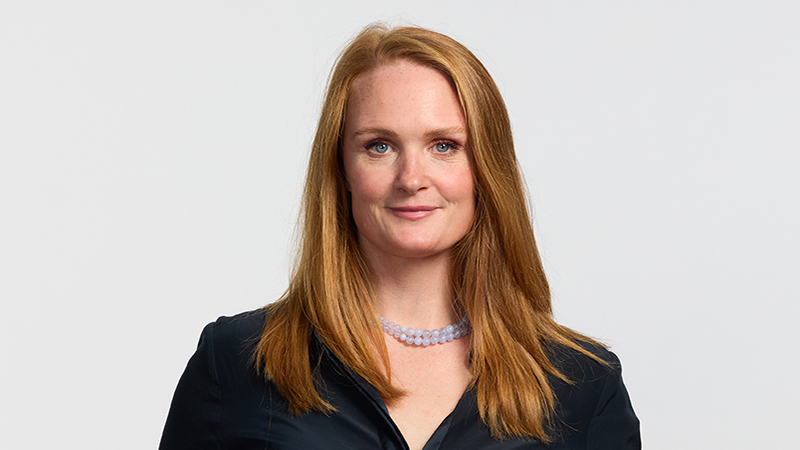The survey revealed 46% of asset allocators were overweight European equities, up from 36% in September and its highest level since 2007, with interest due in part to the US’s shift in stance over QE tapering.
John Bilton, European investment strategist, said the strong flows into Europe called for a degree of caution, but he added that solid macro momentum in the region suggested any dips in its equity markets would be “enthusiastically bought”.
US fiscal tightening remained the top tail risk for almost a quarter of investors surveyed by BofA Merrill Lynch and now no one on its panel is overweight US equities, compared with 9% a month ago.
The monthly report, which spoke to 183 global fund managers responsible for running more than $500bn of assets, revealed asset allocators paring back their equity holdings, with 49% overweight the asset class, compared with 60% in September.
As investors moved away from equities, investors were reducing their underweight positions in fixed income and upping their cash levels.
“Events in Washington clearly caused investors to shift back towards their benchmarks, but asset price gains can still be driven by high cash levels,” said Michael Hartnett, chief investment strategist at BofA Merrill Lynch Global Research.
Further data from EPFR Global supported the shift into Europe, led by Spain.
As Spain headed out of recession, the research house said record levels of investment were moving into global-tracked Europe and Spain equity funds during October, as well as Europe high yield bond funds. In addition, emerging Europe regional equity and Europe bond funds hit 14 and 25-week highs respectively.
Despite the inflows into Europe – including funds representing the PIIGS – Europe equity funds continued to track US equity fund performance, rather than close the gap.
Flow-wise however, according to Deutsche Bank, Europe equity inflows have been 4.6% of AUM compared with 1.4% for the US. The group said the record Europe inflows seen last week have closed the gap in relative flows that opened in 2011.
Elsewhere, BofA Merrill Lynch said Japanese equities also bucked the global trend with a second consecutive month of improvement. The number of asset allocators overweight Japanese equities was up from 22% in September to 30% in October.
It added that while confidence in EM equities was improving, the outlook for China’s economy worsened. Just 5% of global fund managers expected its economy to strengthen, compared with 28% last month, and reflected by a similar reduction in commodity exposure – from 16% underweight the asset class in September to 28% in October.











